Call of Duty's Caldera map is now open-source and available to download
It's available on GitHub.
3 min. read
Published on
Read our disclosure page to find out how can you help Windows Report sustain the editorial team. Read more
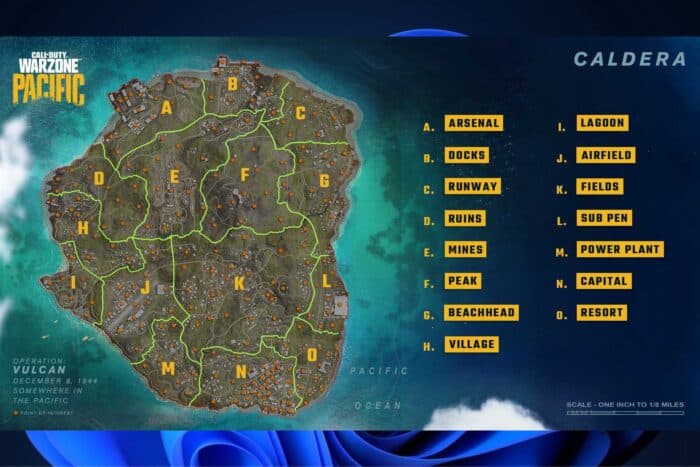
Activision, the gaming giant, has decided to open up one of its most precious assets—the Caldera map from Call of Duty: Warzone—as an open source. Think about possessing a AAA game map that can be studied, comprehended, and even altered. That’s precisely what’s on offer here.
What’s the fuss about this Caldera map? It’s not a simple map initially. It is somewhat like an elaborate landscape that has functioned as the fighting area for innumerable players. It is currently distributed in OpenUSD format with its near-complete geometry and a subset of anonymized player movement data.
According to the official announcement, this gift isn’t only for those learning to make games; it also includes lots of information that academic researchers and AI enthusiasts can find helpful. The dataset is extensive – weighing around 4 GB – holding over five million meshes and one billion-point instances.
This first-of-its-kind data set release for Call of Duty, now available in OpenUSD, contains the near-complete geometry of Caldera as well as a collection of randomly selected anonymized time samples showing how players move around the map. This initiative represents Activision’s commitment to innovation and growth in multiple fields, including AI learning, within the communities of academia and research, while propelling the advancement of game development. It brings to life the colossal and carefully crafted map that was home to many epic brawls in Call of Duty: Warzone and is production-proven and battle-tested.
For game designers—those starting out or already established in their field—it allows them to observe how a high-quality game map is constructed. You may dive into the geometry, comprehend the arrangement, and possibly utilize it as a base for your undertakings.
The data on player movement could lead to fresh research paths in studying game design and players’ behavior. What elements create an exciting map? How do players move through complex worlds? These types of inquiries can be explored extensively.
There is also the AI part. The gaming industry is always working on advancing AI, and having a dataset like this could be extremely useful for creating more brilliant game characters. It offers a detailed environment to train AI models, which might make game artificial intelligence more intelligent and reactive.
Moreover, it serves as an excellent aid for those developing algorithms related to spatial navigation. Also, people studying how AI can interact with intricate 3D surroundings will find this tool very useful.
Activision’s choice to make Call of Duty’s Caldera map available as open-source is audacious and more than welcome in the gaming community. Plus, it’s on GitHub and available to download and dissect.
If you develop games, are a researcher, or are simply interested, the Caldera dataset has something special for everyone. This could be an extraordinary chance for you to study, try new things, and possibly assist in creating the next significant advancement in game design or AI exploration.
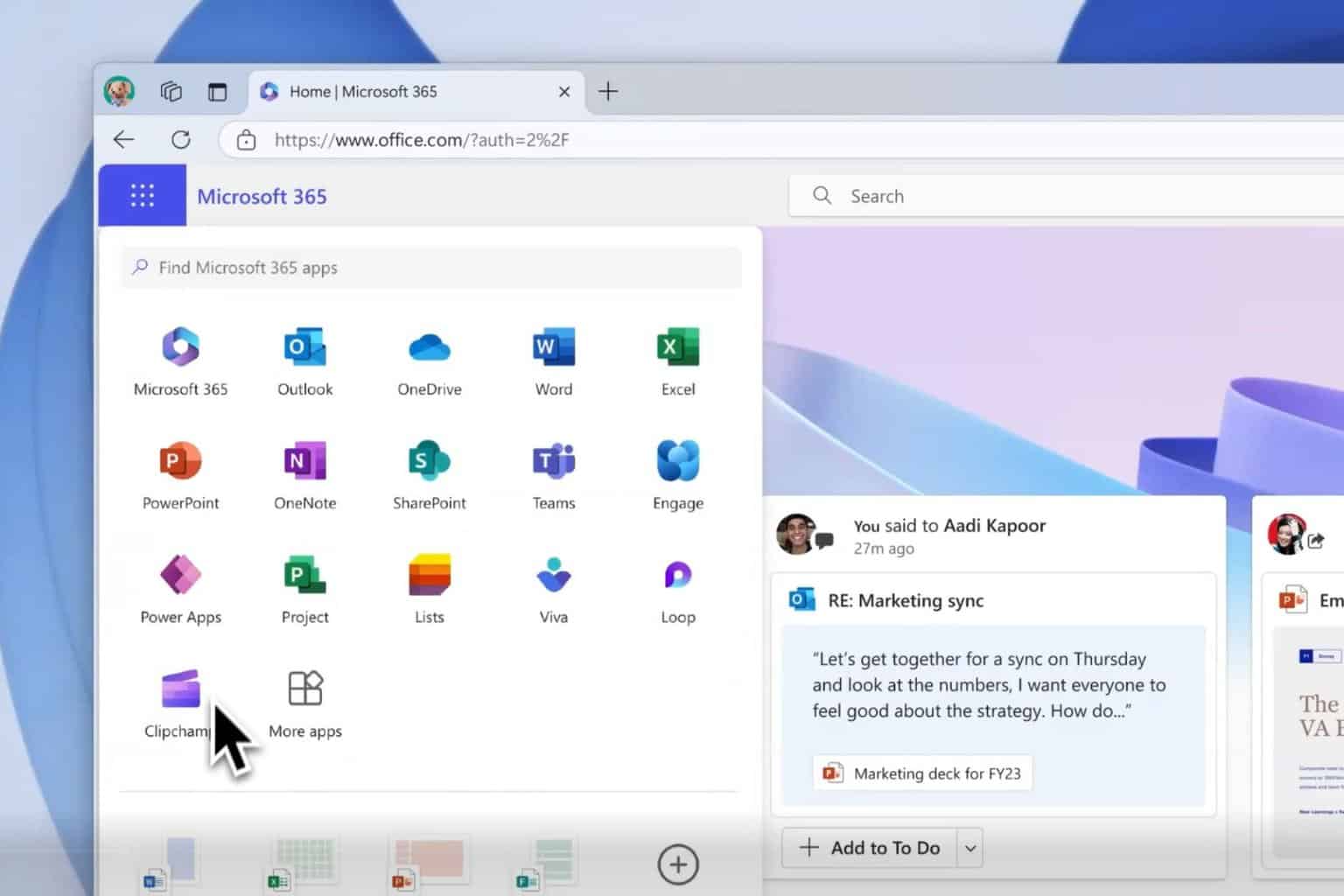
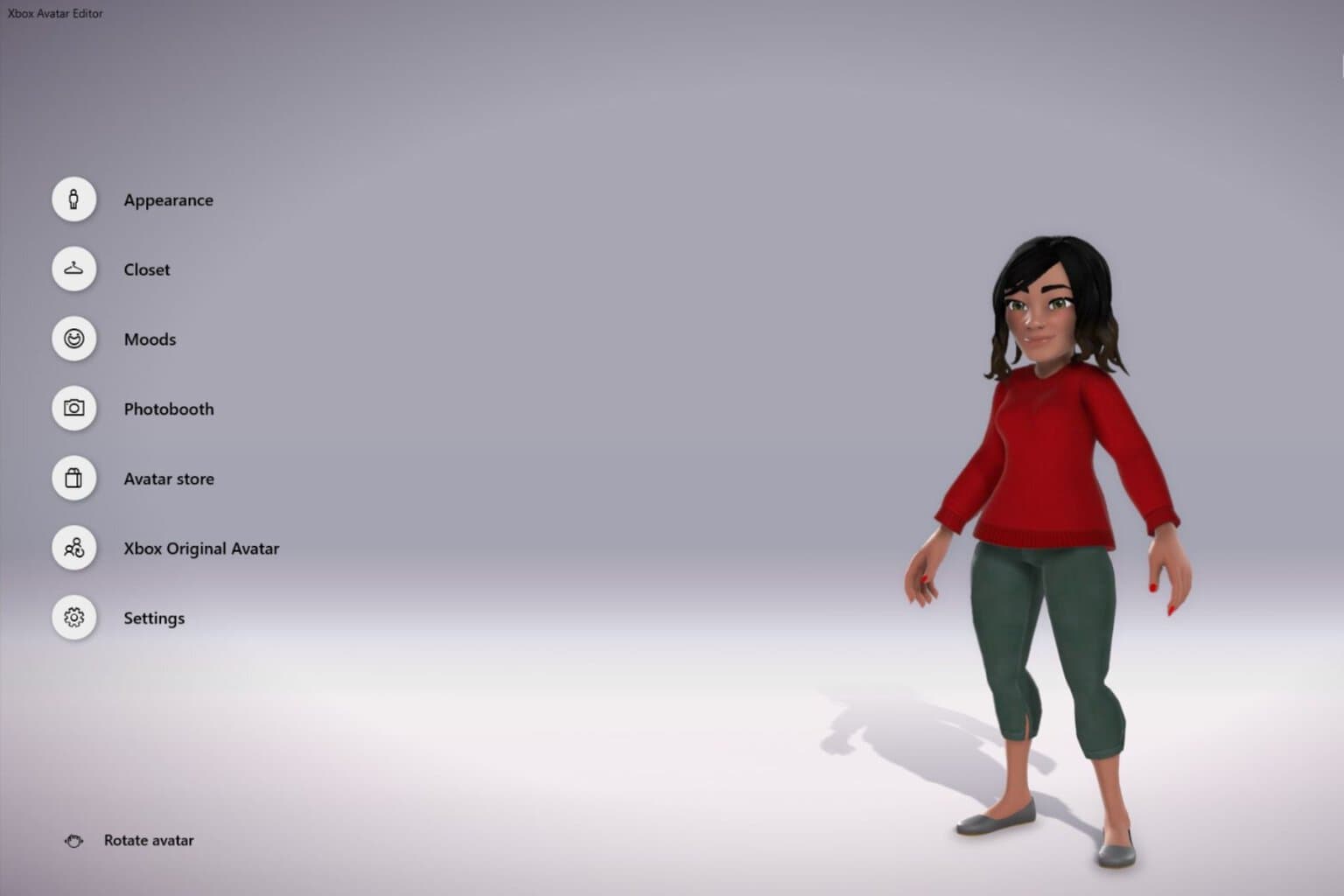

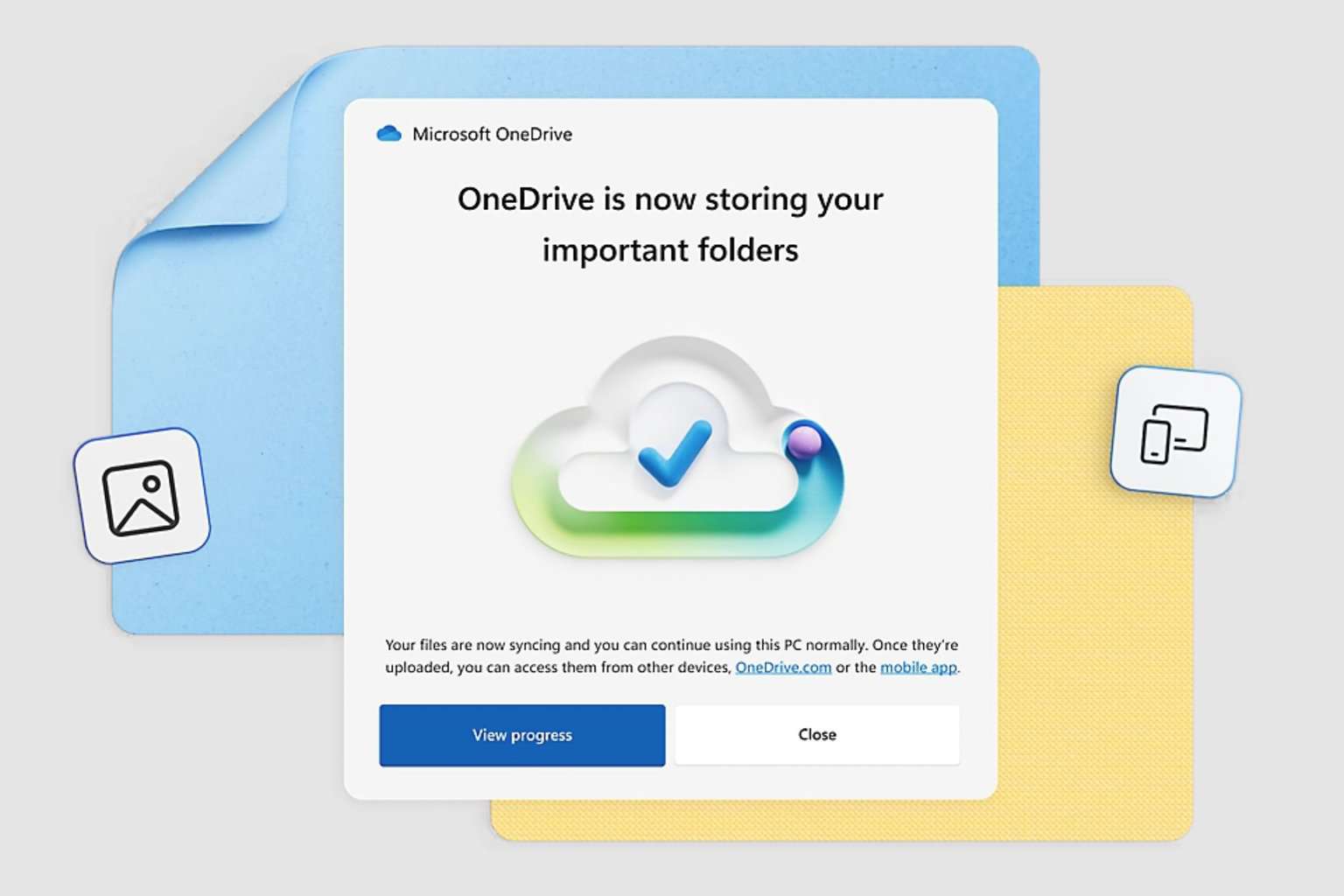

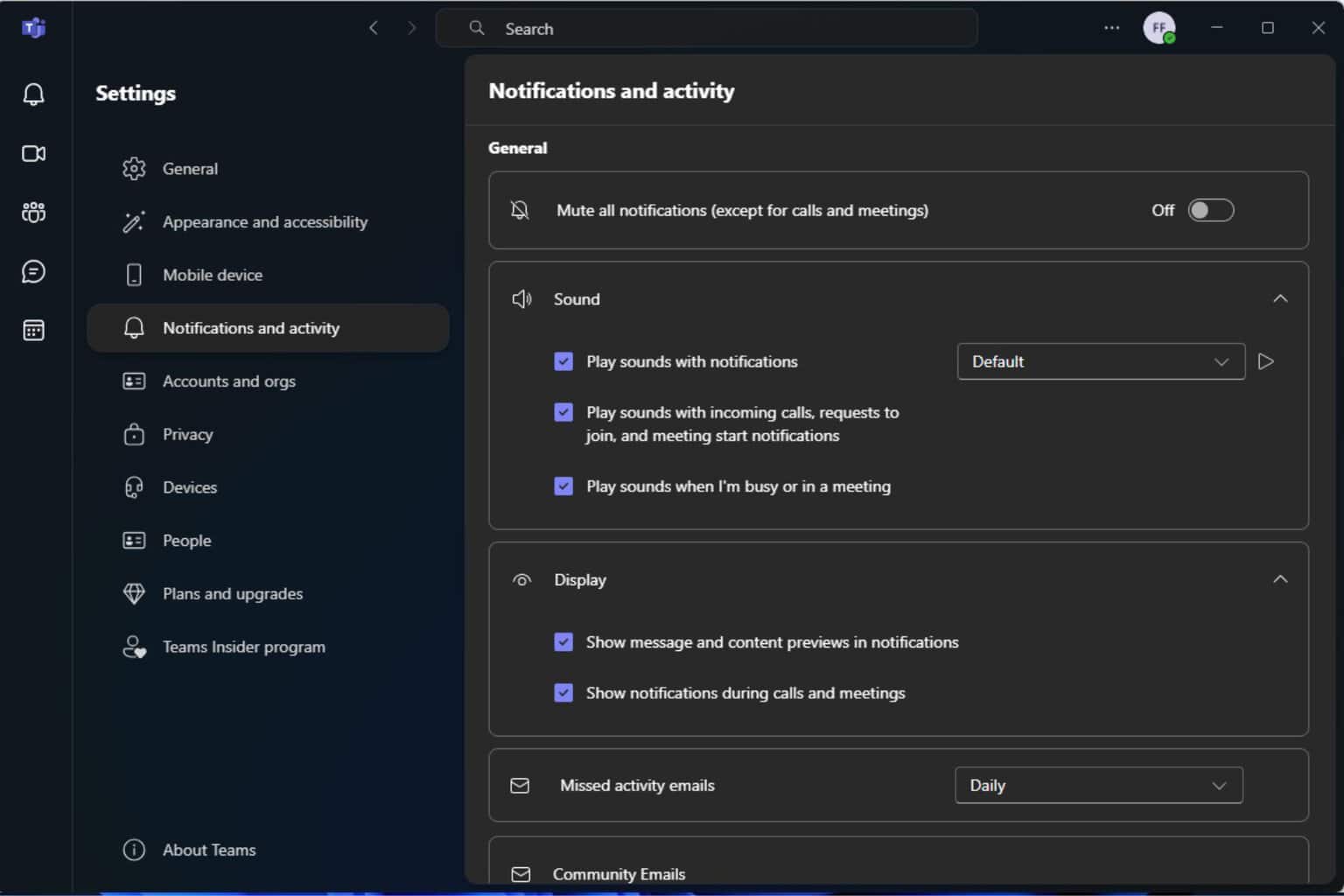
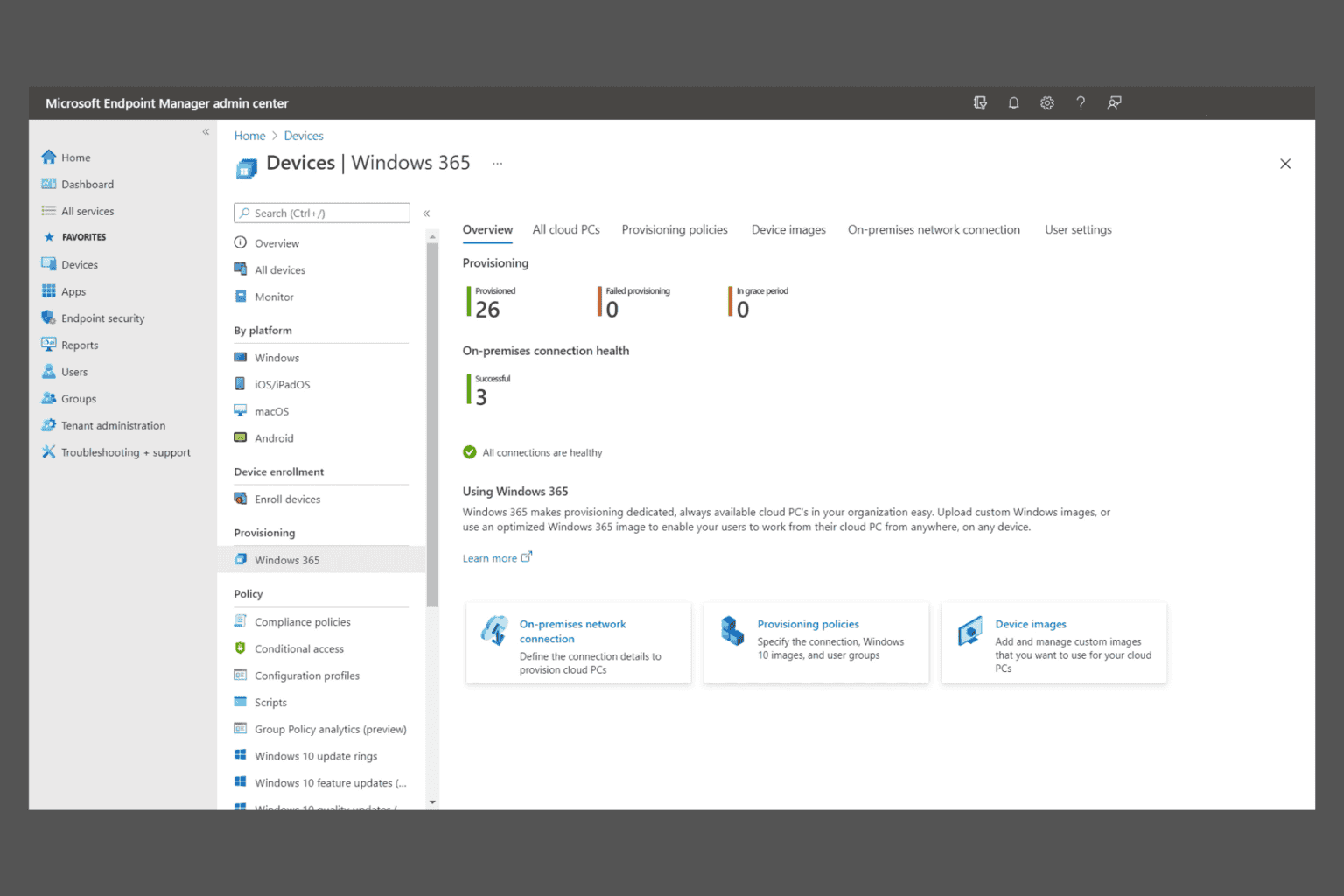

User forum
0 messages